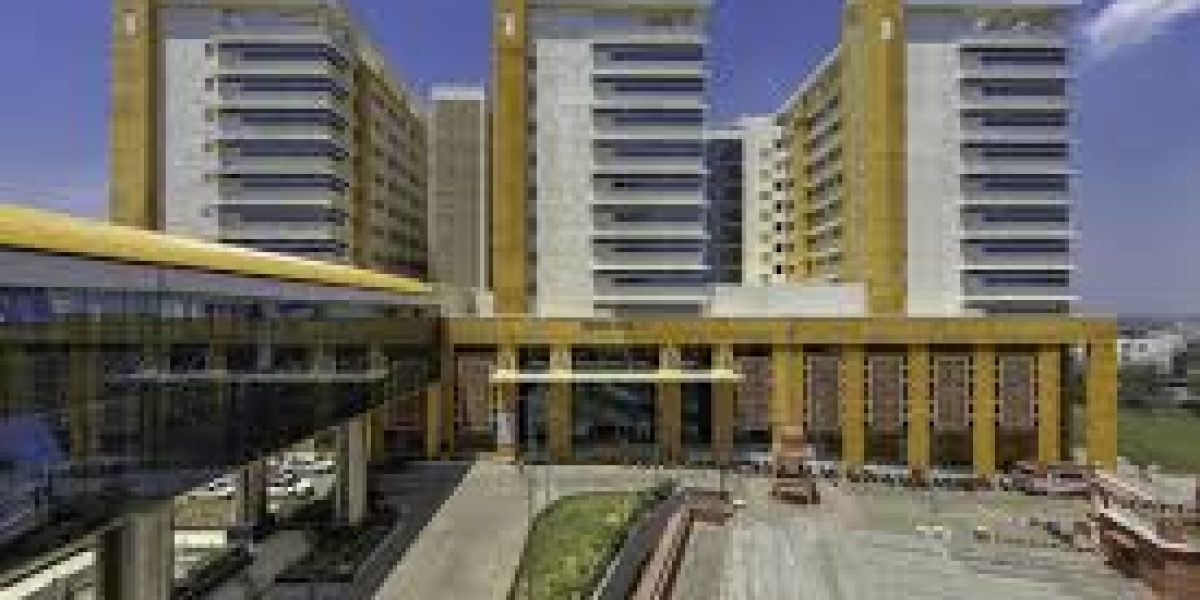In today’s rapidly growing world, where climate change and environmental degradation are becoming more pressing, sustainable architects in India have emerged as the key players in reshaping the built environment. These architects are combining cutting-edge design with eco-friendly principles to create buildings that are not only aesthetically pleasing but also responsible and resource-efficient. India’s architectural landscape is transforming, and the demand for green buildings is increasing as environmental consciousness rises. This article delves into the role of sustainable architects in India and explores how they are leading the way toward a more sustainable future.

The Role of Sustainable Architects in India
Sustainability is no longer a choice; it has become a necessity. As the population grows and urbanization accelerates, the pressure on resources such as water, energy, and raw materials intensifies. Sustainable architects in India are addressing these challenges by designing buildings that optimize energy use, minimize waste, and incorporate natural resources. From residential homes to commercial complexes, sustainable architecture in India focuses on reducing the carbon footprint while enhancing the well-being of the occupants.
Key principles followed by these architects include:
Energy Efficiency: Buildings are designed to reduce energy consumption by integrating passive design strategies like natural ventilation, daylighting, and thermal insulation.
Water Conservation: Rainwater harvesting, water-efficient plumbing systems, and the use of native plants for landscaping help minimize water usage.
Material Selection: Sustainable architects choose eco-friendly materials such as recycled steel, bamboo, and locally sourced products to reduce the environmental impact of construction.
Waste Management: Green buildings incorporate systems for efficient waste disposal and recycling, reducing the amount of construction waste that ends up in landfills.
By adhering to these principles, sustainable architects are creating spaces that support both human and environmental health.
Innovative Sustainable Design Practices in India
Some of the leading sustainable architects in India have incorporated innovative strategies that have not only transformed the design process but also paved the way for future developments. These practices include:
-
Net-Zero Buildings: These buildings generate as much energy as they consume, often through renewable sources like solar panels. They aim to achieve a balance between energy demand and supply.
-
Green Roofs and Vertical Gardens: By integrating plants into the design, these buildings improve air quality, reduce heat, and provide aesthetic beauty.
-
Modular and Prefabricated Construction: This approach reduces waste and construction time while ensuring precision and quality.
These strategies are being embraced across India, especially in metropolitan cities, where space constraints and environmental concerns make sustainable solutions crucial.
Sustainable Architecture in Major Indian Cities
While sustainable architecture is being practiced across the country, certain cities like Mumbai, Bangalore, and Delhi are at the forefront of this movement. Mumbai, with its rapidly growing population and limited land availability, is seeing a surge in top architects in Mumbai incorporating green principles into their designs.
Mumbai is home to several remarkable sustainable architectural projects that have garnered attention worldwide. These projects integrate energy-efficient systems, sustainable materials, and innovative designs to ensure that urbanization does not come at the expense of the environment. Top architects in Mumbai are not only designing state-of-the-art commercial spaces but are also focusing on residential and community projects that contribute positively to the environment.
For instance, many of the city’s corporate headquarters, educational institutions, and luxury residences are designed to incorporate smart features like rainwater harvesting, solar energy generation, and energy-efficient lighting, all of which contribute to a sustainable lifestyle.
The Growing Demand for Sustainable Architecture in India
The growing awareness of environmental issues is pushing the demand for sustainable architecture across India. The government’s push for green buildings, the rise of eco-conscious consumers, and international certifications like LEED (Leadership in Energy and Environmental Design) and GRIHA (Green Rating for Integrated Habitat Assessment) are contributing to the acceleration of this trend. Developers, business owners, and even homeowners are increasingly looking to build structures that align with sustainability goals, and sustainable architects in India are leading the charge.
Green building certification systems, such as LEED and GRIHA, have set benchmarks for sustainable practices in the construction industry. These certifications help owners and developers ensure their buildings meet the highest standards of energy efficiency, water conservation, and environmental stewardship.
The Challenges Faced by Sustainable Architects
Despite the growing demand for eco-friendly designs, sustainable architects in India face several challenges. Cost is often a major concern, as sustainable building materials and technologies can sometimes be more expensive than conventional options. However, this is gradually changing as the availability of eco-friendly materials increases, and their costs come down.
Another challenge is the lack of awareness among some developers and clients about the long-term benefits of sustainable buildings. Many still prioritize short-term costs over the long-term savings and environmental benefits that green architecture offers.

Prominent Sustainable Architects in India
Among the many influential sustainable architects in India, a few have made significant strides in integrating sustainability into their designs. These architects are not only focusing on the design but also the overall impact of their projects on the environment and society.
-
CP Kukreja Architects: Renowned for their work in sustainable design, CP Kukreja Architects are known for their innovative, context-driven architecture that embraces sustainability. Their projects range from educational institutions to commercial buildings, all designed with eco-friendly principles in mind. Their ability to merge modern design with green architecture has placed them among the top architectural firms in India, contributing significantly to the sustainability movement.
-
Bose International: Known for creating energy-efficient and eco-friendly designs, Bose International has become a leading name in the field of sustainable architecture.
-
Sanjay Puri Architects: A firm that has focused on creating buildings with minimal environmental impact, using sustainable materials and passive design techniques.
Conclusion
As India continues to grow and urbanize, the role of sustainable architects in India becomes increasingly important. These professionals are shaping the future of the country’s built environment by incorporating green building practices and sustainable design principles into their projects. Their work is not just about creating beautiful spaces but also about ensuring that these spaces are energy-efficient, resource-conscious, and conducive to the well-being of the people who inhabit them.
CP Kukreja Architects, a name synonymous with excellence in sustainable design, is one of the leading firms making a significant impact in this field. With their innovative approach to architecture and commitment to sustainability, they are setting new standards for green buildings in India and inspiring a generation of architects to follow suit.
As they move toward a more sustainable future, the efforts of sustainable architects in India will be crucial in defining the cities of tomorrow, ensuring that they are built not just for today’s needs but for the well-being of generations to come.












